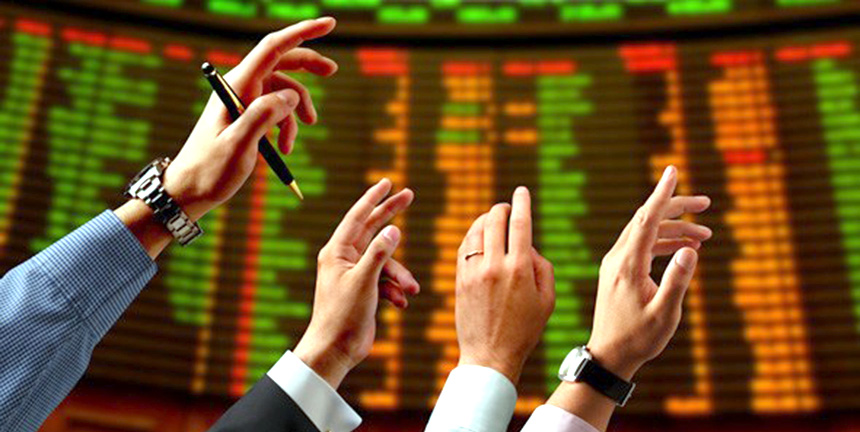Exchange-traded funds (ETFs) are just one of the many types of investment funds available, but they have some qualities that are unique and set them apart from other vehicles. ETFs are securities that attempt to track all types of indexes, industries, or commodities. For example, an ETF might be made up of securities representative of the technological industry or of the S&P 500.*
When ETFs were first created in the 1990s, the aim was to mimic the movements of an index of a specific financial benchmark. Today, ETFs also follow industries and commodities, not just indexes. The investment vehicle with the sole purpose of mirroring a specific index is called an index fund.
Some investors may choose ETFs because they combine the diversification of a mutual fund with the flexibility of a stock. ETFs do not have their net asset values calculated each day, as do typical mutual funds, but rather their prices may fluctuate throughout the day based on the rate of demand on the open market.
Although the value of an ETF comes from the worth of the underlying assets comprising it, shares may trade at a “premium” or a “discount.” ETF shares are sold on stock exchanges; investors can buy or sell them at any time during the day. The underlying assets of the fund are not affected by market trading.
Exchange-traded funds may have expense ratios that are lower than those of an average mutual fund, and they are usually more tax-efficient than most mutual funds. Additionally, shareholders can often invest as little or as much as they desire. However, an ETF cannot be redeemed by a shareholder; rather, it can be sold only on the stock market.
A downside to exchange-traded funds is the commission fee, which is generally not associated with a mutual fund. Commissions are involved because ETFs are traded like stocks, rather than like mutual funds. However, despite this downside, an ETF can be a diversified and low-cost investment that often has a low turnover rate, so you might want to consider ETFs as part of your investment portfolio. Keep in mind that diversification is a method to help manage investment risk; it does not guarantee a profit or protect against investment loss.
The return and principal value of ETF and mutual fund shares fluctuate with market conditions. Shares, when sold or redeemed, may be worth more or less than their original cost.
Exchange-traded funds and mutual funds are sold by prospectus. Please consider the investment objectives, risks, charges, and expenses carefully before investing. The prospectus, which contains this and other information about the investment company, can be obtained from your financial professional. Be sure to read the prospectus carefully before deciding whether to invest.
* The S&P 500 index is an unmanaged group of securities that is widely recognized as being representative of the U.S. stock market in general. The performance of an unmanaged index is not indicative of the performance of any specific investment. Individuals cannot invest directly in an index.
The information in this newsletter is not intended as tax, legal, investment, or retirement advice or recommendations, and it may not be relied on for the purpose of avoiding any federal tax penalties. You are encouraged to seek guidance from an independent tax or legal professional. The content is derived from sources believed to be accurate. Neither the information presented nor any opinion expressed constitutes a solicitation for the purchase or sale of any security. This material was written and prepared by Broadridge Advisor Solutions. © 2021 Broadridge Financial Solutions, Inc.

